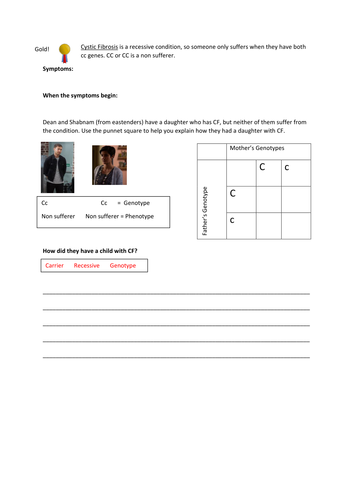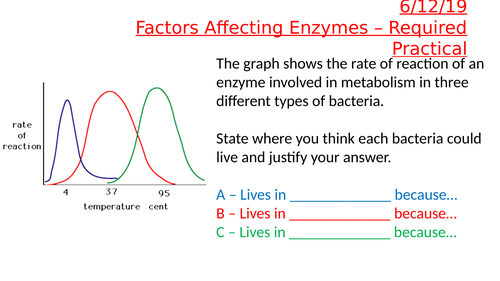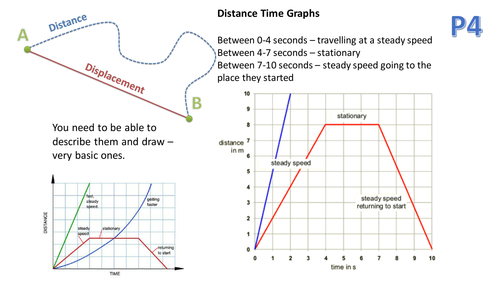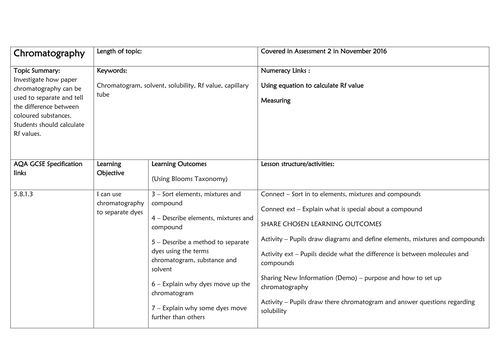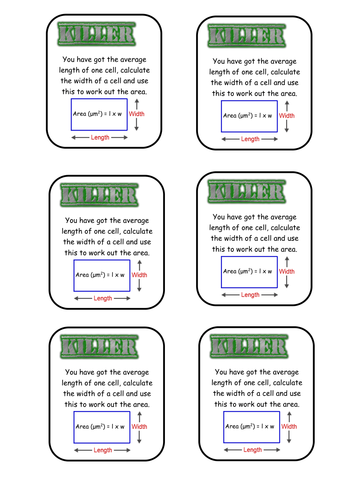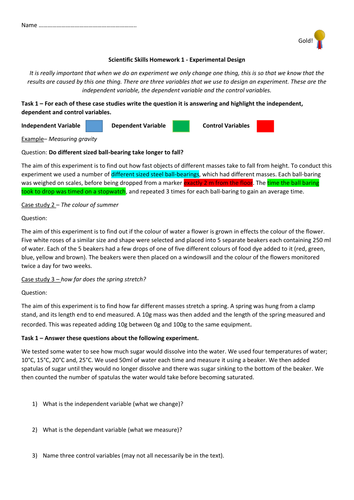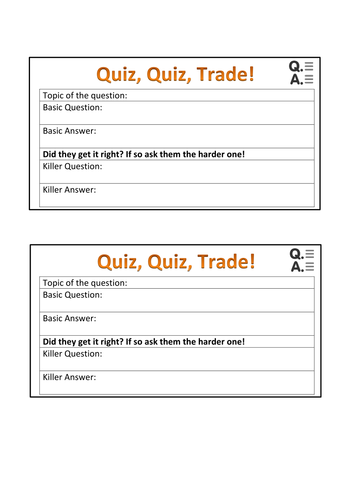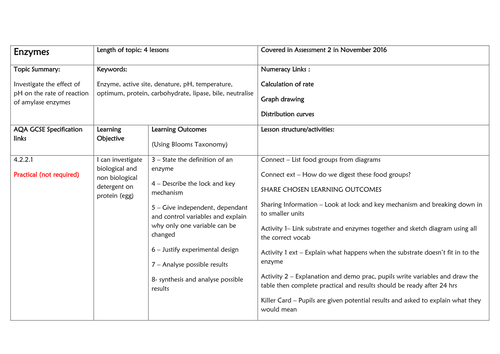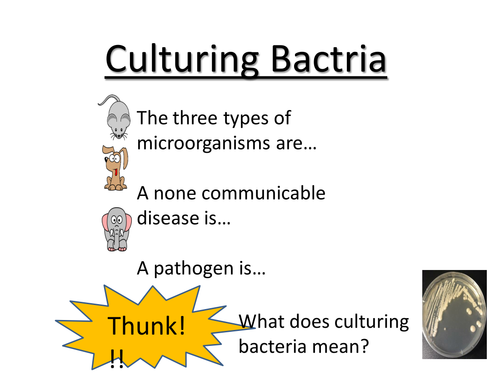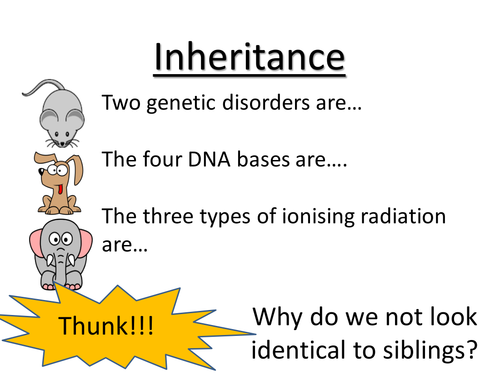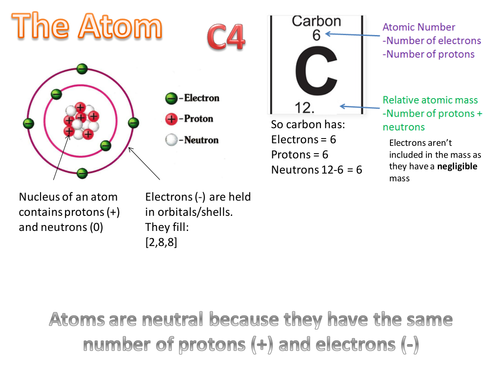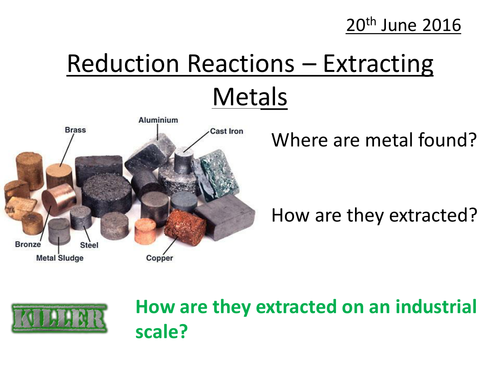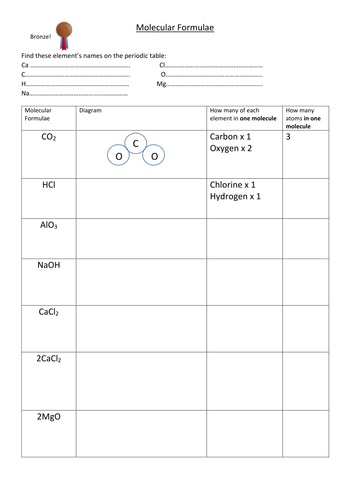Rachel1010Rachel's Shop
I am relatively new to selling resources on TES, so if you like something, please review it! I am constantly updating and developing new resources - I like to concentrate the majority of my time on developing scientific skills through the use of practical work and application - conveniently this sits well with the new GCSE. I also am involved in developing schemes for the new GCSE (at my school) so will post anything I can to help others in this area.


